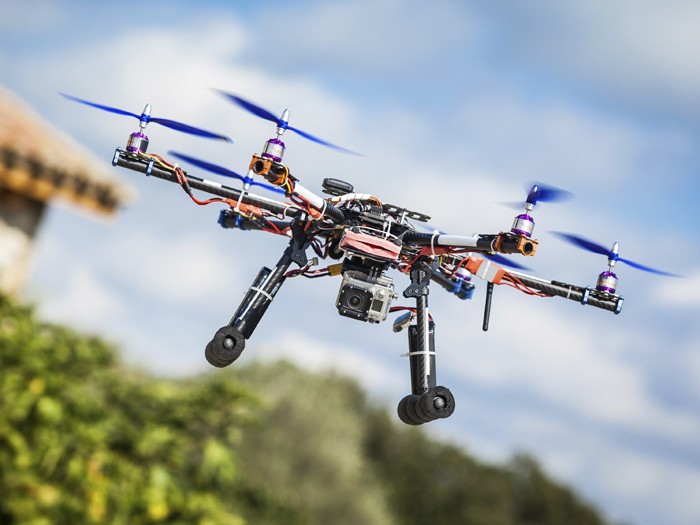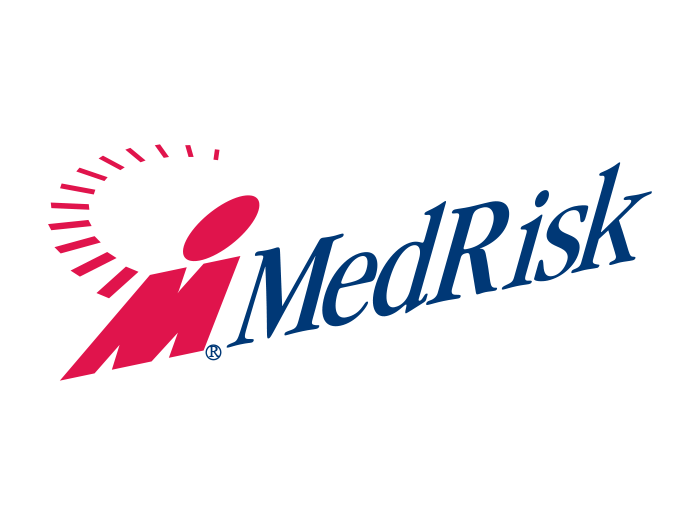Aerial Risks
Drones Offer Risks, Underwriting Challenges

The increasing use of drones for commercial purposes has become one of the biggest emerging threats to the future of airplane safety, according to Allianz Global Corporate & Specialty (AGCS).
The expected rise in the use of drones or unmanned aerial vehicles (UAVs) for a host of different applications may leave operators exposed to a whole new set of risks, including third-party damage or injury and liability, according to AGCS’s Global Aviation Safety Study.
One of the biggest risks, it said, was from radio frequency interference, resulting in loss of control, and, in the worst cases, fatalities.
Other problems include invasion of privacy, aerial surveillance and data collection.
“With the ability to collect massive amounts of unsolicited data, UAVs present an enormous threat to individual privacy and a significant challenge for insurance carriers,” said Vikki Stone, senior vice president at Poms & Associates Insurance Brokers.
“In drafting policies, it is crucial for carriers to know how such information will be used,” she said.
The production of UAVs has increased by double-digits year-on-year since 2007, according to AGCS, with applications ranging from news gathering and surveillance to sporting events and crop dusting.
The benefits are obvious — the vehicles are smaller and generally easier to operate, particularly in hazardous environments, as well as have lower maintenance and running costs than conventional aircraft.
Such has been the take-up that the Federal Aviation Administration (FAA) estimates that by 2020, there will be about 30,000 small commercial unmanned aircraft in our skies.
However, coverage is limited, with only about 21 insurers and those that do offer policies have been hampered by a lack of historical and analytical data, the study said.
“Annual utilization, number of accidents and repair costs are not readily available and unmanned aircraft are not presently flying at the rate that they will be in the near future in the national airspace,” the report said.
Another problem is that, despite FAA plans to integrate UAVs into the U.S. airspace in 2015, there is a “lack of international, regional and local regulations for the safe operation of UAVs,” said Henning Haagen, AGCS’s global head of aviation EMEA and Asia Pacific.
Rogue Pilots
Stone said that the No. 1 concern among carriers was the lack of certification of UAV pilots. That lack, she said, makes it prohibitive to get any kind of coverage at all.
“I think the bigger problems are going to be the people that don’t follow the guidelines required, so ultimately we’ll end up a number of rogue flyers out there — that’s the scary part,” she said.
Peter Schmitz, CEO of global aviation specialty at Aon, outlined other major risks of drones.
“The biggest threat is clearly the taking down of a major aircraft in a mid-air collision,” he said.
“The second issue is the application of these vehicles in urban areas where the risk of damage to properties and individuals is much greater than it would be in rural parts.”
David Williams, assistant professor of aerospace and occupational safety at Embly-Riddle Aeronautical University, said the scale of the damage caused by a mid-air collision was almost incomprehensible.
“These units [UAVs] would cause catastrophic damage if they were to collide with an aircraft,” he said.
Underwriting Challenges
Schmitz said that regulatory authorities across the world face an uphill task in getting to grip with these issues because UAVs are still a relatively new and unknown quantity in terms of repair costs and loss ratios.
“I think that a couple of years down the road, the FAA will have a much clearer picture of the types of risks involved and will be better able to police these kind of aircraft,” he added.
Patton Kline, senior vice president in Marsh’s aviation and space group, said another issue facing carriers was insuring the value of the whole asset.
“From an underwriter’s view,” he said, “the biggest perceived risks are both on the liability side as well as insuring the whole value of the asset, which tends to be much more difficult as there are a whole range of platforms, many of which are still unproven.
“There’s also a lot of debate right now about whether underwriters are going to step up to cover things like privacy and it’s likely that even if they do, we’ll continue to see exclusions in policies for these types of losses.
“Another big issue we foresee is in products liability, with litigators going after large manufacturers of drones with deep pockets in the event of any future accidents.”
Kline estimated that, while losses from UAVs were still in the “small single digits,” rapid year-on-year growth means that number is expected to expand in future years.
Stone added: “I think we’ll see more carriers throw their hat in the ring and because the pricing is so competitive at the moment; often the only way to distinguish yourself is through enhanced coverage forms.”
A recent government white paper reported that the increased use of unmanned aircraft by the U.S. Air Force had resulted in a dramatic rise in the percentage of non-combat accidents ending in death, permanent total disability or damage of at least $1 million between 2003 and 2013.
Of those 75 accidents, UAVs accounted for about 21 percent. By 2011, that figure had increased to 50 percent, however, it has improved over the last two years.
The AGCS report also said that, while technical advances have reduced the risk of dying in a plane crash, the reliance on computers has left the industry open to the threat of cyber attacks.
“Cyber terrorism may replace the hijacker and bomber and become the weapon of choice on attacks against the aviation community,” the report said.
The study said that less than two out of every 100 million passengers died on commercial flights this year, compared to 133 deaths in the 1960s.
But despite improved safety, the cost of claims is still rising, driven by the widespread use of new materials in plane design, as well as tighter regulations and increased litigation, the report said.
AGCS also estimates that the insured value of airline fleets will climb to more than $1 trillion in the next five years, from less than $900 billion this year.












